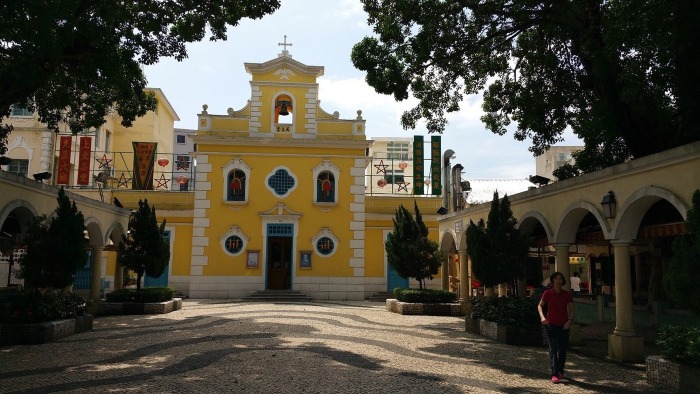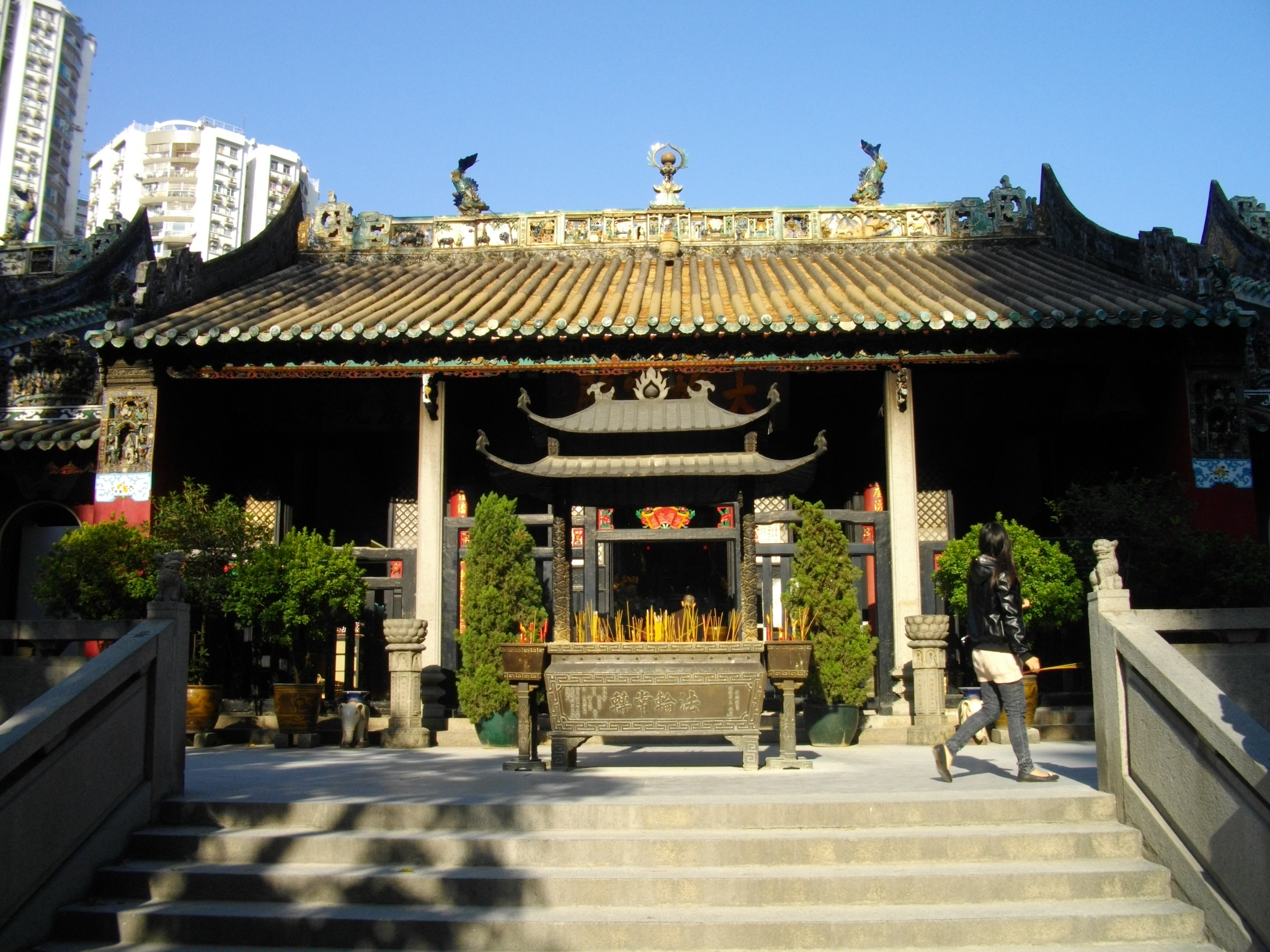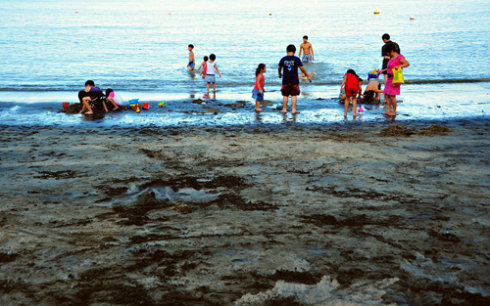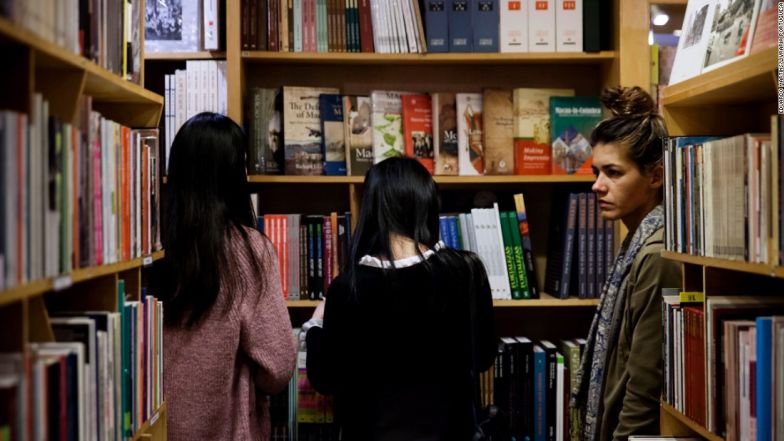As a native Cantonese speaker, I have been to Macau – 133 kilometers away from my hometown –countless times. In my distant and wandering childhood memory, Macau is Asia’s Vegas with plenty of deluxe casinos and innumerable pawn shops. The occasional nights that my father won at the tables still come to my mind at times. However, as I took part in a Portuguese summer course at the University of Macau for three weeks this summer, I seized the chance to wander around Macau and found the other side of this city, where cobblestone pavements, colonial mansions, soft and tranquil beaches were all done in a fusion of Chinese and Portuguese motifs.
1. Heritage is here to stay
One of the city's biggest draws is definitely the architecture heritage, which is a wonderful example of the early encounter between Chinese and European civilizations. Strolling in the south part of Caloane on a lazy weekend, I stumbled into The Chapel of St. Francis Xavier where the wall was painted in sunny yellow and the doors were bright blue. Containing some of the most sacred relics of Christian Asia, it is a typical example of the colonial buildings in Macau. This small and intimate Catholic church is less known by tourists, and there were few people off their legs at the galleries outside. I ordered a glass of juice at the outdoor café and enjoyed the summer vibes.

The baroque-style structure faces a cobblestone courtyard
Instead of visiting such famous and overcrowded traditional Chinese folk temples as the A-Ma Temple, I found those that were weaved into backyards and alleys, like the unassuming Kun Iam Temple that was nestled in a small garden behind an ancient bright red house. The garden was colorful with all kinds of flowers, and the gate style entrance in the wall in front of the main building recalled the days when the temple was constructed. I was totally touched by the divine magic of this marvelous architecture.

The temple was surrounded by flourishing plants, providing a silent place to become lost in thought
2. The beach has black sand
Hac Sa Beach – which is translated as "Black Sand Beach" – is Macau's largest natural beach. Situated on the southeast side of Coloane Island, it shows its distinctive color due to minerals that are washed ashore. It wasn't very crowded as people tend not to make the trek there, and people go to this beach for barbecue and marine recreational facilities. In the afternoon, some teenagers were playing on sea-motors and parties were held on the seashore. In the evening, as I walked along the beach, the comfortable sea breeze flowed and the small ripples split upon the beach.

Kids tried to build castles with black sands before the sunset
3. Echoes of Portugal
As a student majoring in Portuguese language, I give special attention to places with a Portuguese cultural imprint. Staying away from spots that were listed in every guide list like the Ruins of St. Paul, I happened to find Livraria Portuguesa (Portuguese library) around the corner of Domingos Road. The best photo books of Macau could be found in this quiet library where English or Chinese works were not available. As I walked in the library, an old Portuguese lady was about to pay for a copy of a Portuguese newspaper: “I have lived in Macau for more than 40 years, it is such a blessing that I can still read a Portuguese newspaper as I used to do as a young teenager.”

Two Chinese girls were buried in the romantic Portuguese novels

